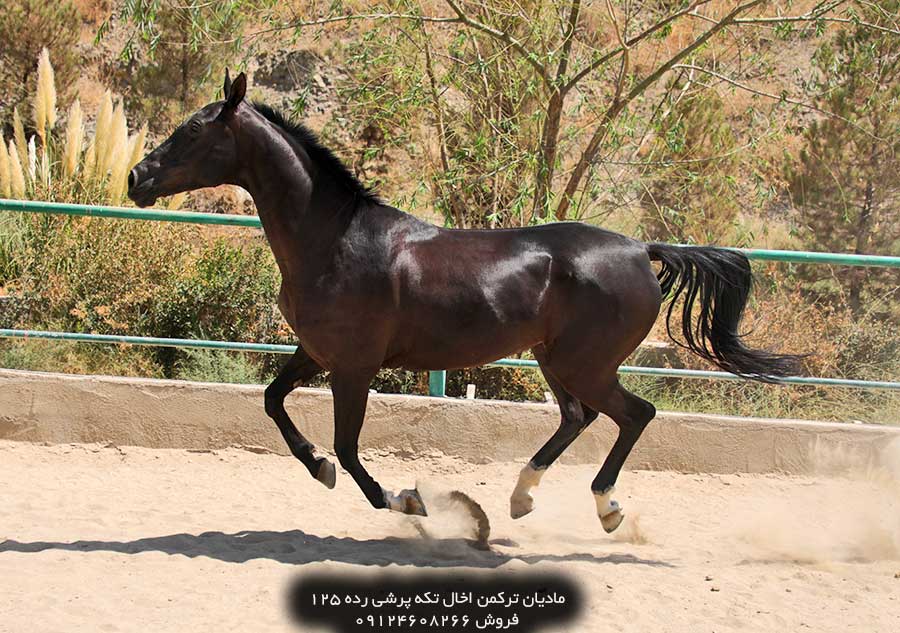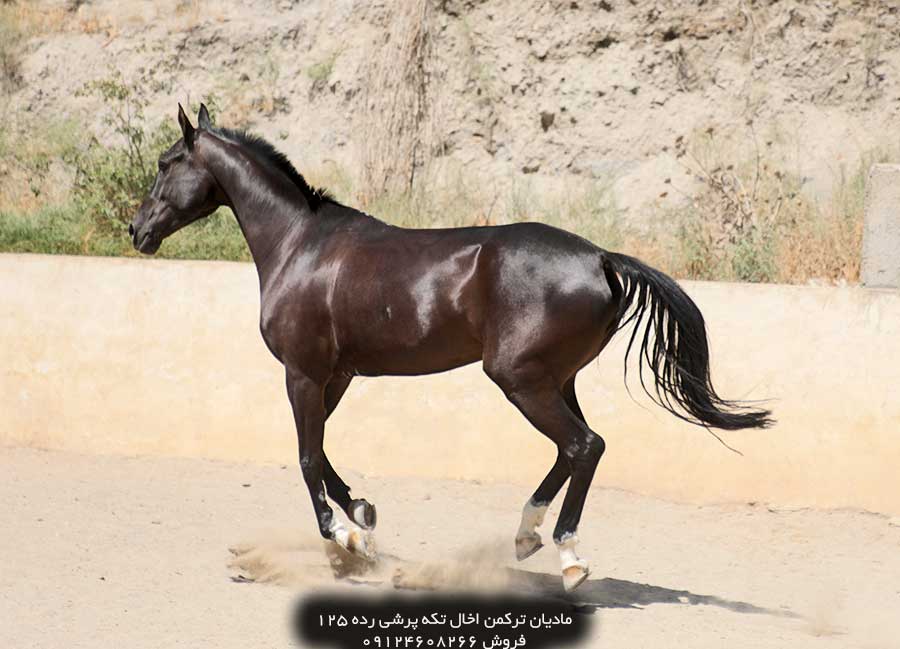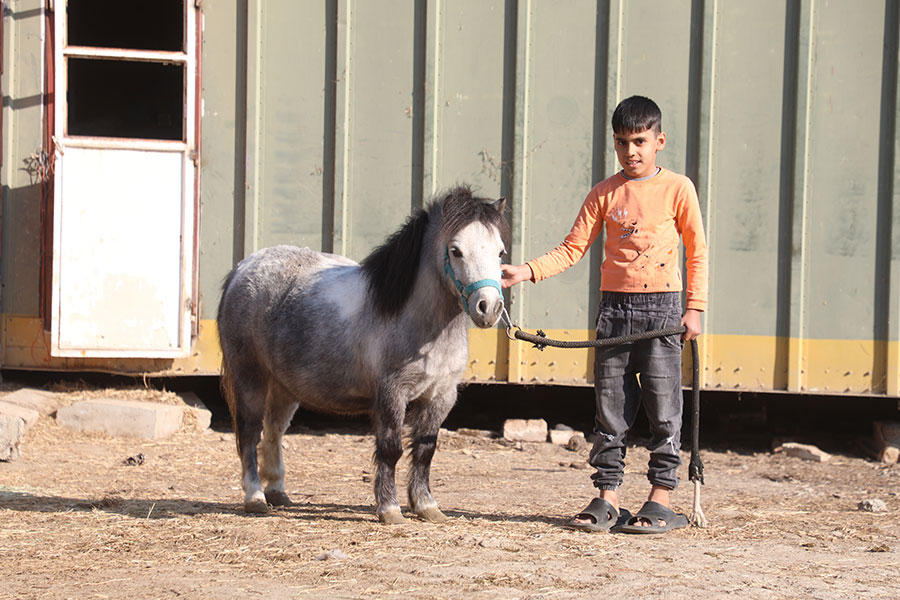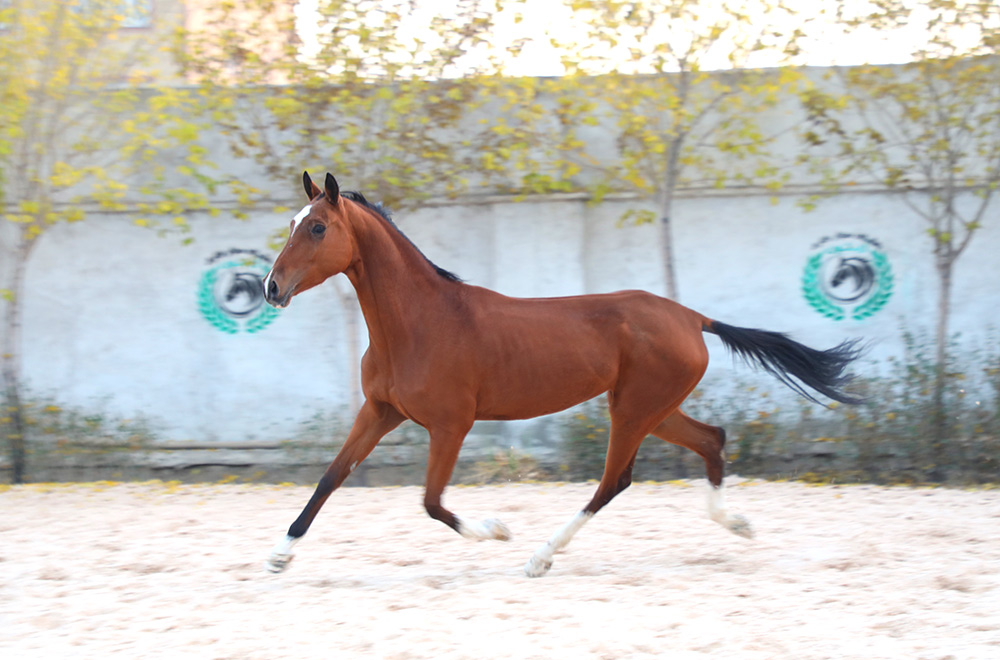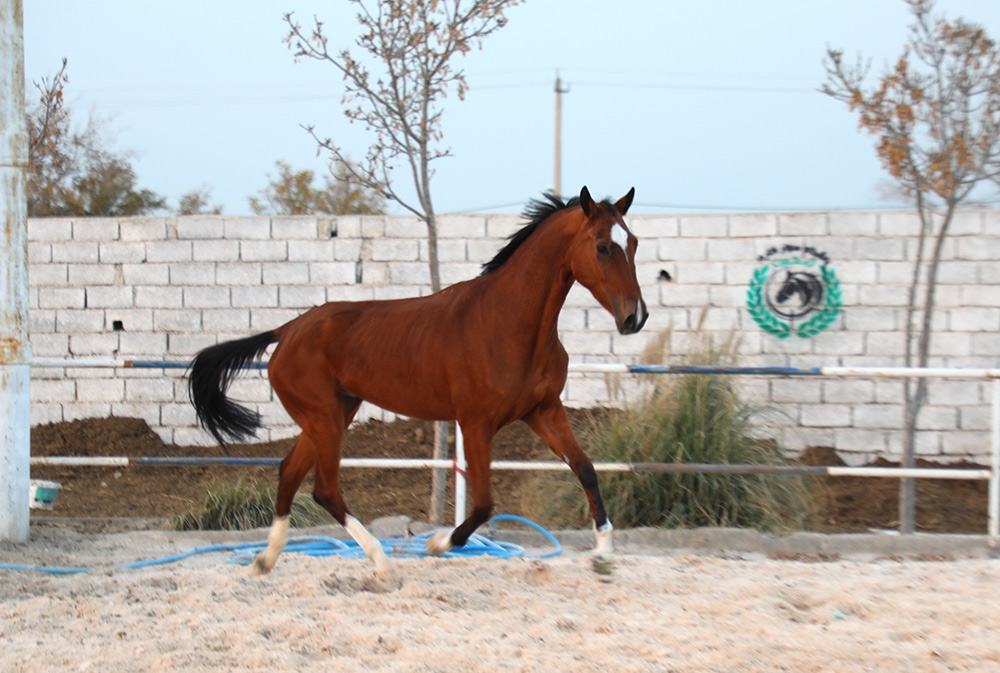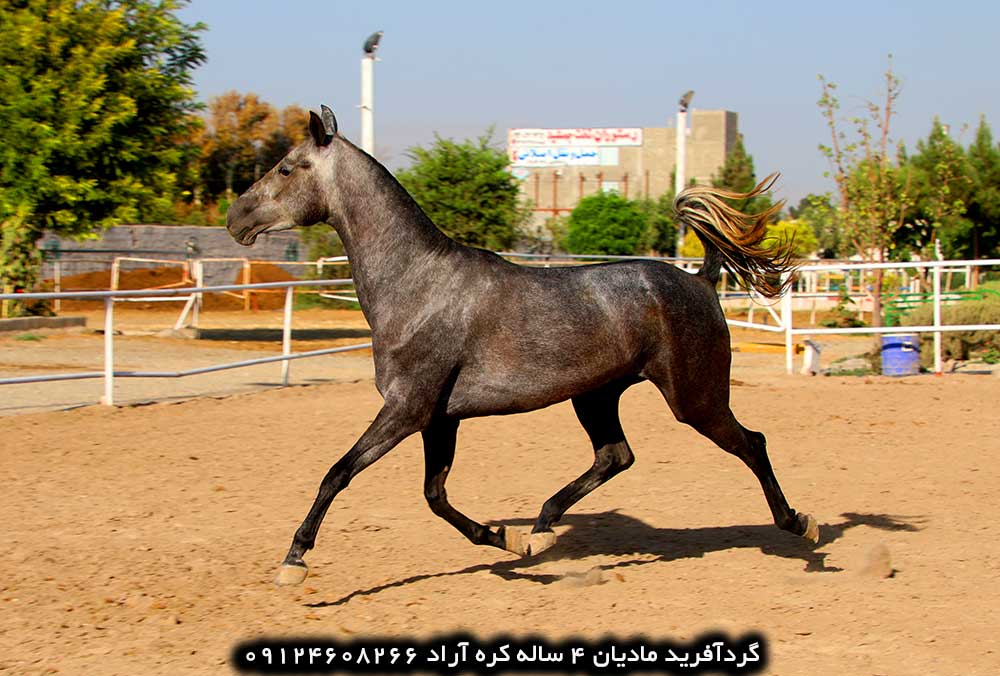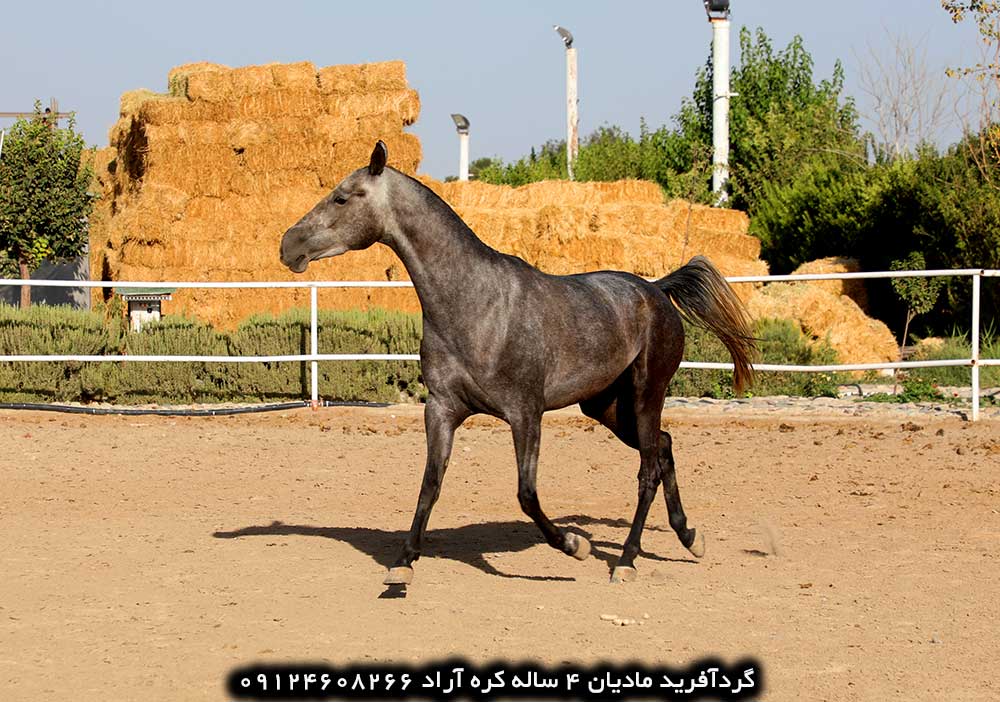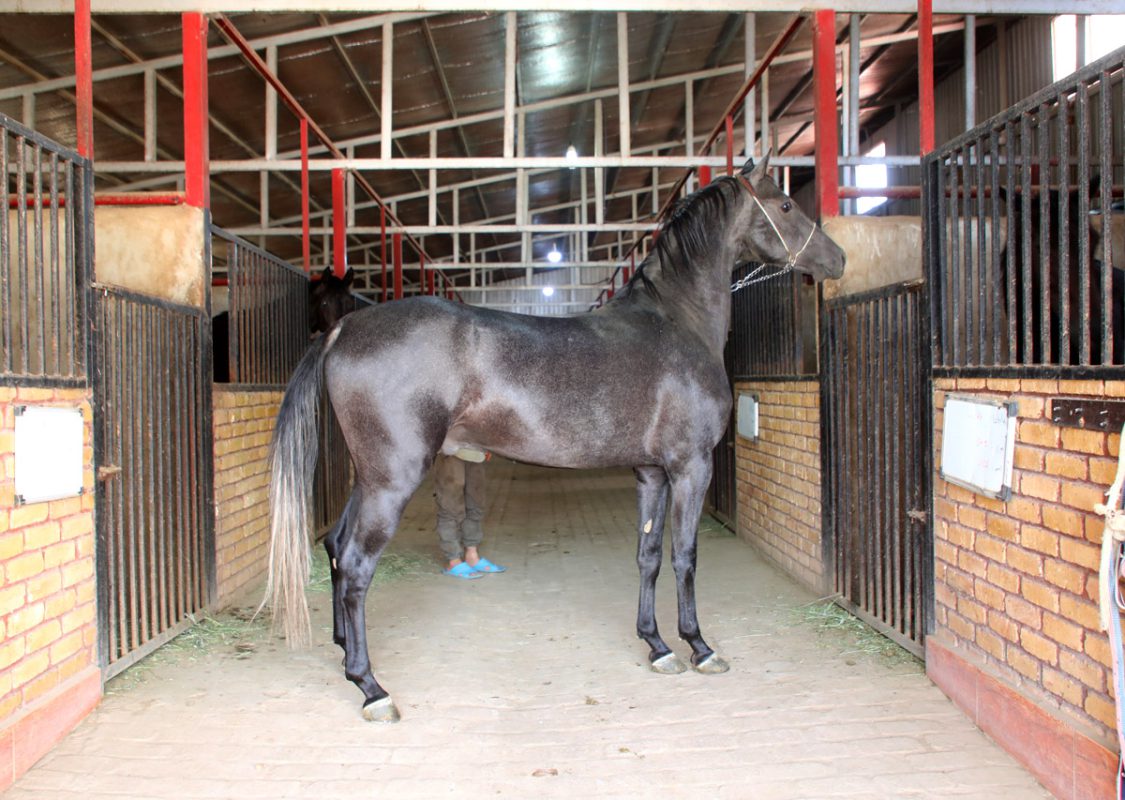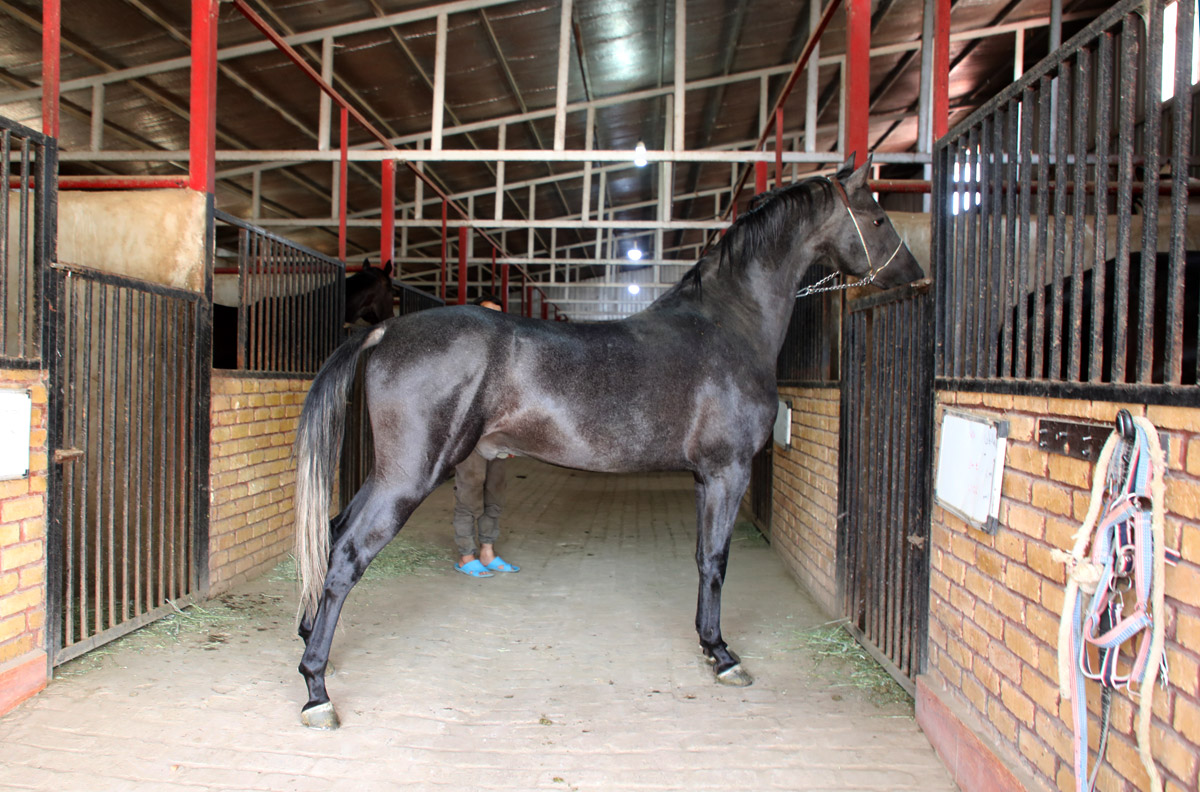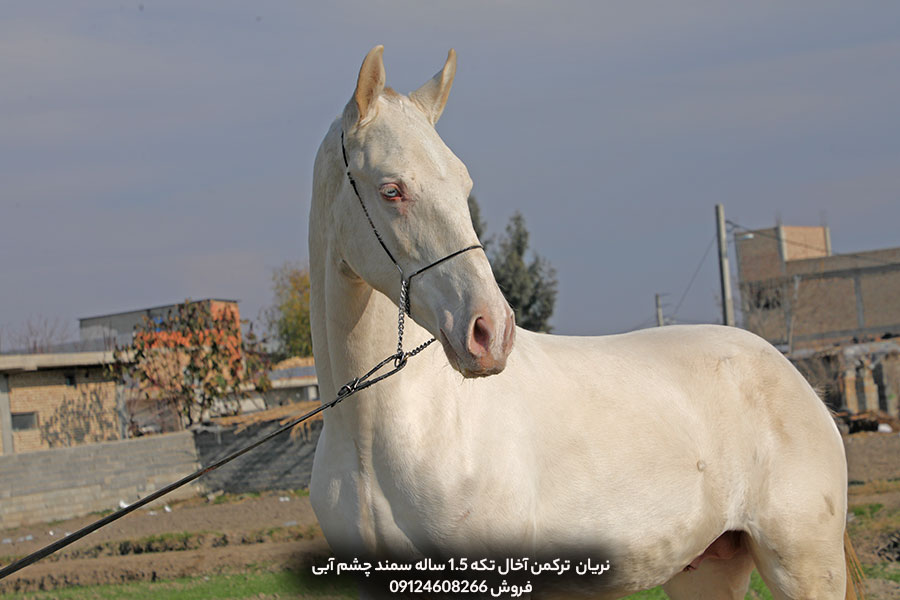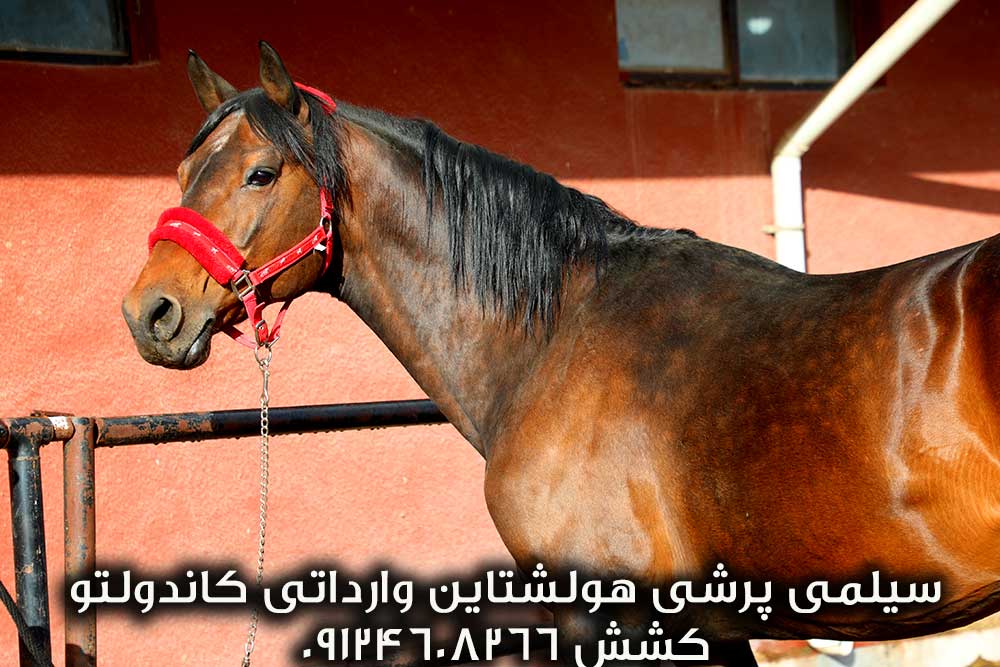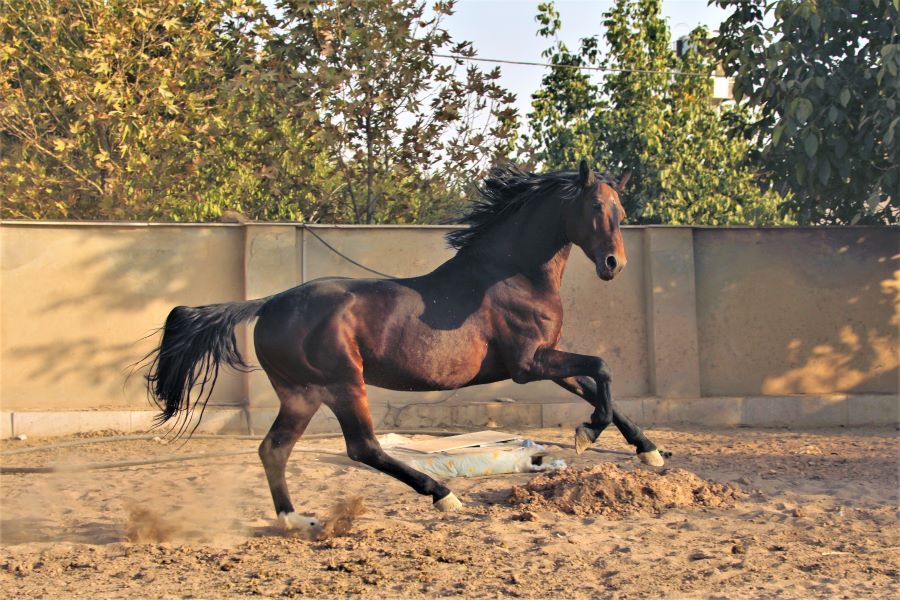How do horses sleep?
Horses sleep in two main ways: standing up and lying down.
Standing sleep is the most common way for horses to sleep. They can achieve deep sleep, also known as slow-wave sleep, while standing up. This is due to a special mechanism called the stay apparatus, which consists of tendons and ligaments in their legs that lock their joints in place. When a horse relaxes its muscles, the stay apparatus takes over and keeps the horse standing without any conscious effort on its part.
Lying down sleep is the most restorative type of sleep for horses, as it allows them to enter rapid eye movement (REM) sleep, which is the phase of sleep associated with dreaming and memory consolidation. However, horses are only able to lie down for short periods of time, usually for around 2-3 hours per day. This is because lying down makes them vulnerable to predators, as it takes them longer to get up from a lying position.
Here is a table summarizing how horses sleep:
| Sleep Stage | Description | Position | Time Spent |
|---|---|---|---|
| Stand-up sleep | Deep sleep | Standing | Most of the day |
| Lying-down sleep | Restorative sleep | Lying down | 2-3 hours per day |
In addition to stand-up and lying-down sleep, horses also engage in napping. This is when they take short periods of rest, either standing up or lying down. Napping allows horses to catch their breath and relax their muscles without the need for deep sleep.
Overall, horses have a unique sleep pattern that is adapted to their need to be able to flee from predators at any time. While they can sleep standing up, they also need to lie down for short periods of time to get the restorative sleep they need.






